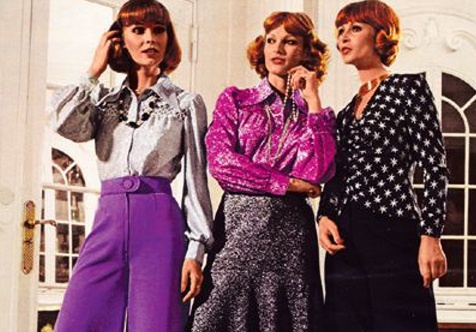In collaboration with Convergence, VOICE OF ASIA is proud to present timeless articles from the archives, reproduced digitally for your reading pleasure. Originally published in Convergence Volume 15 in 2012, we present this story on trousers, and how women wearing pants shook the world.
While it is well-known that Joan of Arc, the heroine and patron saint of France, was convicted of witchcraft and heresy and subsequently burnt at the stake, what is not common knowledge is that the main evidence used against her was that she wore men’s clothing. In other words – men’s shirts and trousers, or what passed off as trousers in those days. Since the advent of Christianity in Europe, the concept of a woman dressing like a man was seen to be a huge affront to morality. Thus, it can be said that the first feminine fashion rebellion was neither the mini-skirt nor the plunging neckline nor any other risqué trend, but trousers.
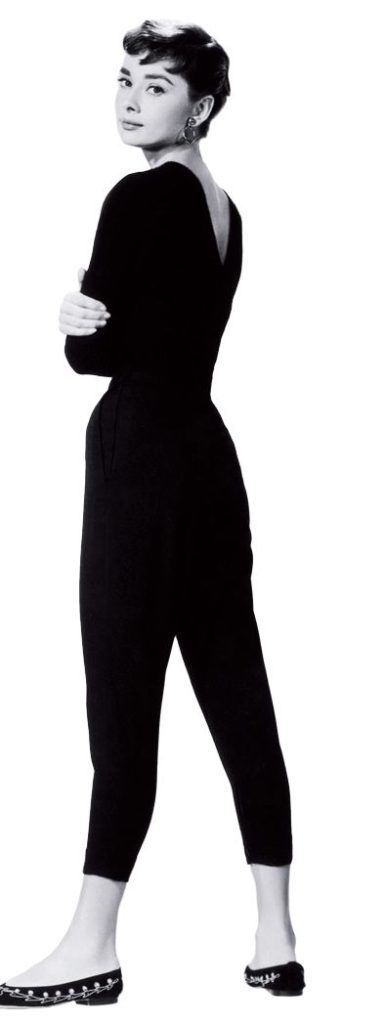
A Radical Statement
Granted that Joan of Arc lived in less enlightened times, the idea that trousers are verboten for women was something that lasted well until the Second World War. In fact, in 2011, a French senator discovered a 200-year-old ban by the then police chief of Paris forbidding women from wearing trousers. The fact that such a law was mooted in France after the Age of Enlightenment, the Age of Reason and the Revolution, only shows how deep prejudices ran. A bill has since been introduced to lift that sanction.
Interestingly, the movement to make trousers acceptable clothing for women was driven, not by fashion or aesthetics, but because of practicality and safety. In the 18th and 19th century in particular, the de rigueur attire that society considered to be respectable for a woman was a heavy floor-length dress, underneath which she would wear a tightly-laced up corset. It was heavy, it was cumbersome, and it was a health and safety hazard as not only did the corset crush internal organs but in an era of open fireplaces, the dresses were prone to catching fire.
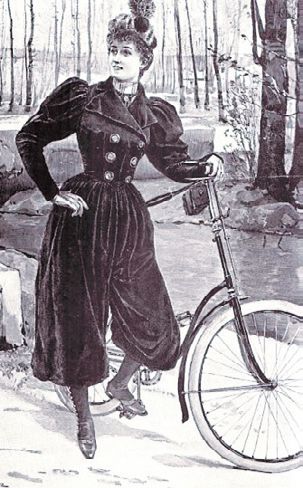
The revolution was led by the Suffragettes. After all, besides the denial of the right to vote, the restraints against them having comfortable clothing was seen as symbolic of the oppression of women by men. The most famous name in this respect is the American woman’s right activist Amelia Bloomer – who popularised the famous bloomers – long baggy pants which narrowed to a cuff at the ankles, worn underneath a skirt that had its hem below the knee.
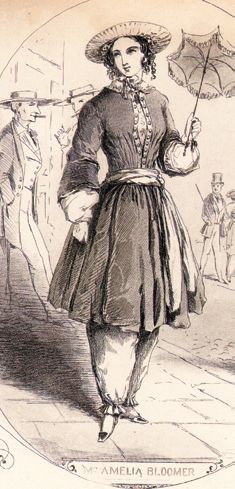
Introduced in 1851, the bloomer today would seem to be rather – if not extremely – mild. In fact, it could be said to be terribly unfashionable and unstylish, and the only scandal it would likely cause is that any self-respecting person would even countenance dressing themselves so drably. Yet, in its early years, the outfit was condemned as indecent. It did not help that those advocating its adoption were regarded as dangerous and seditious. After all, as many of their opponents likely thought, “If we let women wear trousers, what will happen next? They will want to run the country!”
Becoming Stylish
Ironically, the major breakthrough came in Paris, France in 1913 – the same country which burnt a woman at the stake for wearing trousers. That year, the designer Paul Pioret created a collection that was inspired by the Thousand and One Nights and included Turkish harem trousers. Social and religious conservatives were shocked and outraged, and even the Vatican condemned them.

However, the pervasive influence of Mother Church was not as strong as it used to be. Sure, the Bishops may not like them, but women – and not just any type of women but the well-heeled members of Parisian high society – loved Pioret’s designs. And loving them, they wore them. In a small yet significant way, they helped remove the stigma of political radicalism from women’s trousers.
That being said, it should be noted that this garment was seldom worn in public, only making its appearance in the home or private parties.
From Private to Public
The First World War, which lasted from 1914 to 1918, drastically impacted women’s fashion. Deprived of men who were fighting in the trenches, factories drafted women to work the lines and operate machinery. of course, in such an environment, wearing skirts or dresses was highly impractical and overalls became the order of the day.
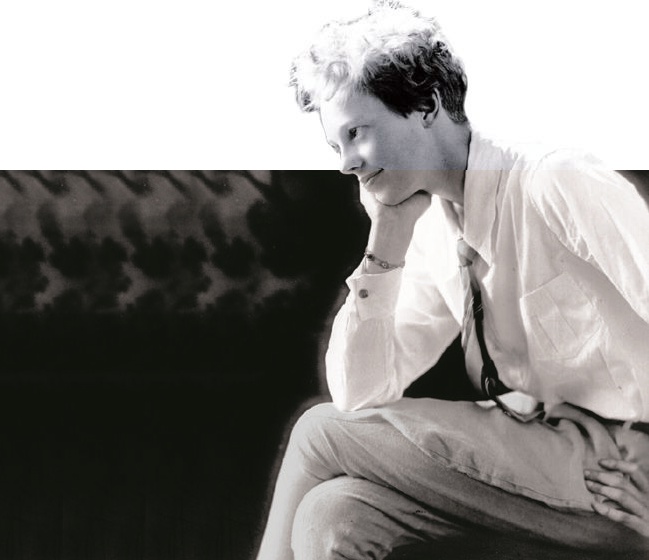
Unlike Pioret’s harem trousers which were introduced just a year prior to the start of the conflict, the overalls did not even hint at any semblance of femininity. They were meant to be work clothes, and as such women did not wear them outside the factory.
The idea of women wearing trousers was becoming more relaxed. Whereas several centuries ago, a woman could be condemned to death for daring to put on a pair, by the 1920s, it was acknowledged that respectable women could and did wear trousers. Still, it was not done in public. Women wearing trousers was a subject equivalent to the insane old uncle in the attic – people knew it was happening, but no one spoke about it, and definitely very few wore them in public.
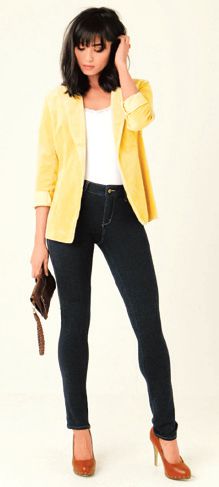
And then came Coco… The most influential couturier of all time. In the 1920s, Gabriella ‘Coco’ Chanel was the first high-profile woman to wear trousers in public, and pictures of the legendary designer decked out in a pair of trousers are among the most recognisable in the world of fashion. She would say of her act, “I gave women a sense of freedom. I gave them back their bodies: bodies that were drenched in sweat, due to fashion’s finery, lace, corsets, underclothes and padding.”
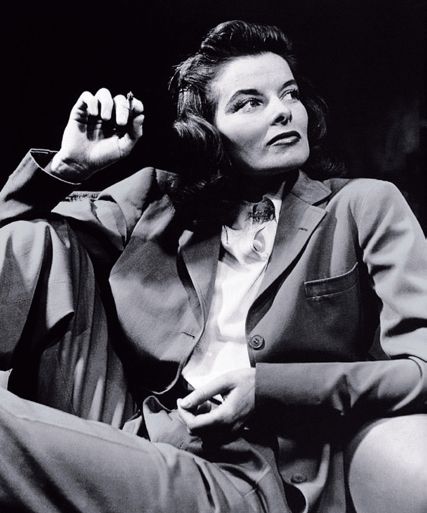
Hailing from the same era, actresses Marlene Dietrich and Katharine Hepburn also helped make trousers acceptable for women. Dietrich was especially influential. A stunning beauty of her time, she portrayed strong, confident characters on the silver screen, while still retaining her feminine good looks. Women in those days saw her on the screen, dressed in a suit (a man’s suit!) and yet emitting a sense of feminine sensuality mixed with the aura of power, and thought to themselves, “Yes, I can be just like that!”

It could be said that Chanel and Dietrich influenced the creation of one of the most iconic items of women’s clothing – the Yves Saint Laurent pantsuit in the 1960s. Still, old prejudices die hard. It was not until the 1970s, that society became fully accepting of women wearing trousers. Then in the 1980s, designers like Donna Karan introduced the power suit. Whereas the YSL pantsuit was considered an outfit for leisure, the power suit became the choice for women in boardrooms.
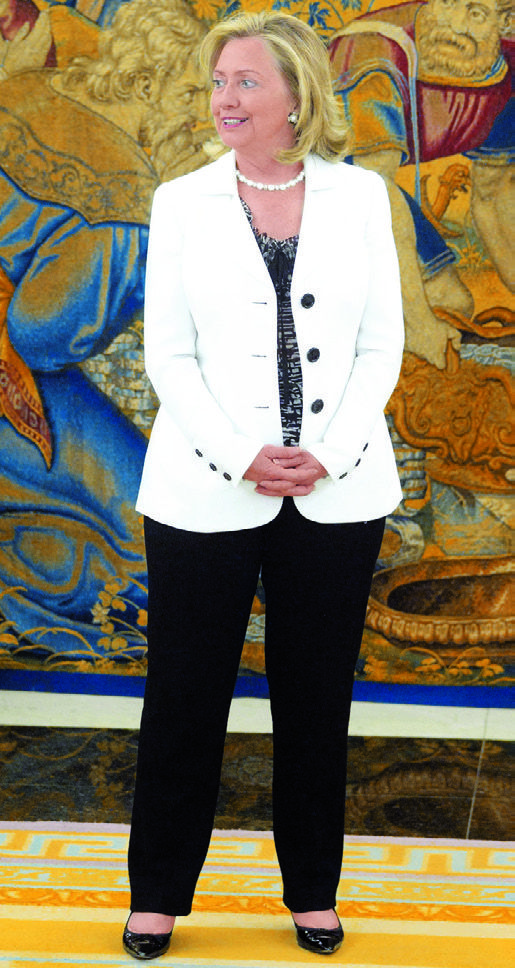
The world of women’s fashion has changed much over the past few centuries. However, the rapid pace of evolution over the last 50 years is nothing short of astonishing. Just half a century ago, the sight of a woman wearing trousers would have raised eyebrows. But today, the shock would come if we were to see a picture of a powerful woman such as US Secretary of State Hilary Rodham Clinton, and she is not wearing a pantsuit or a power suit. As the French would say, “C’est la vie,” (Such is life).


